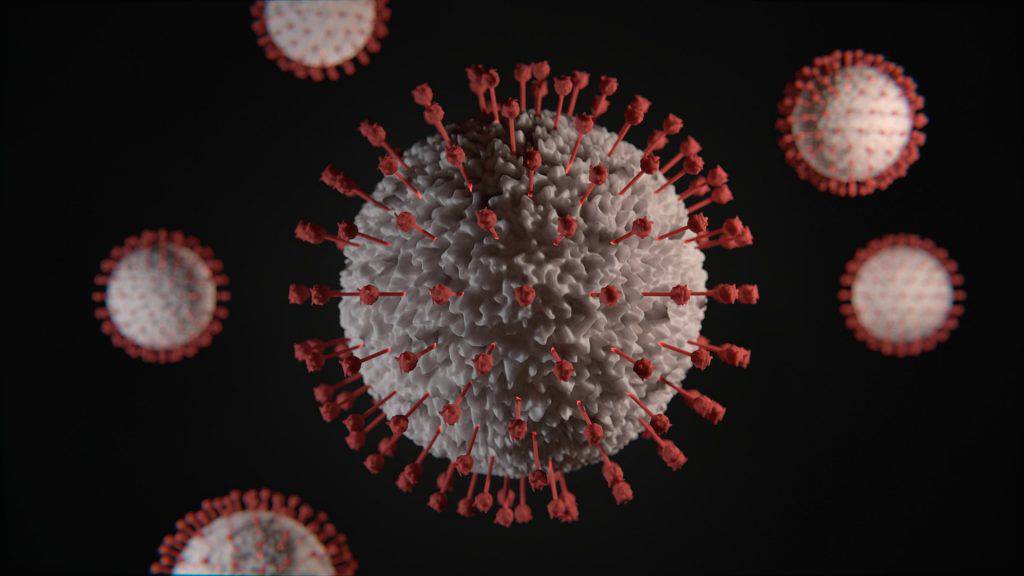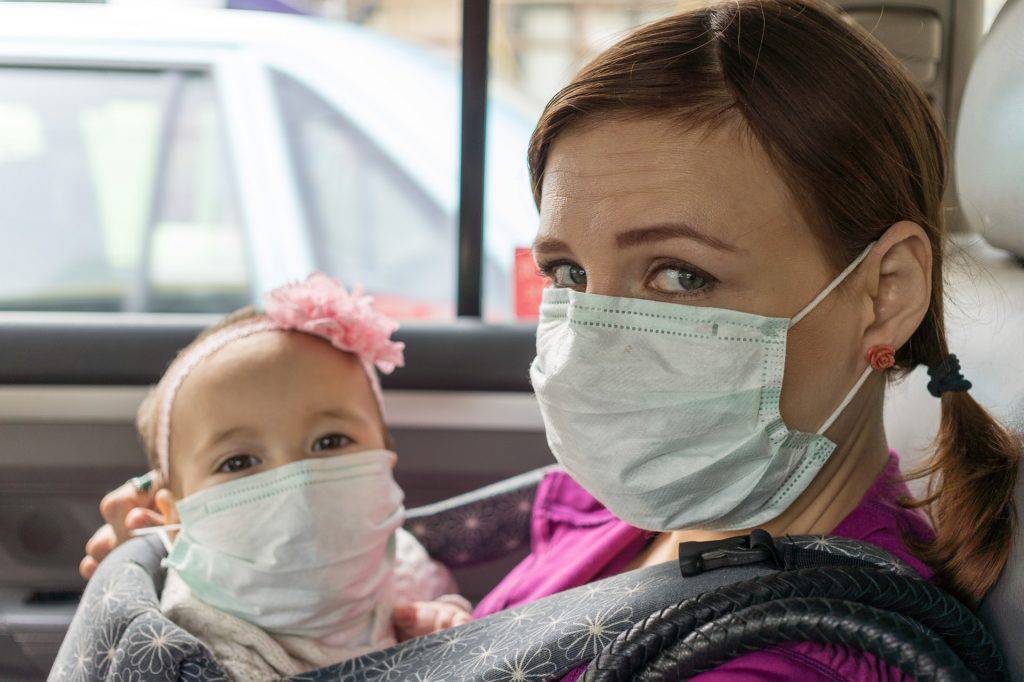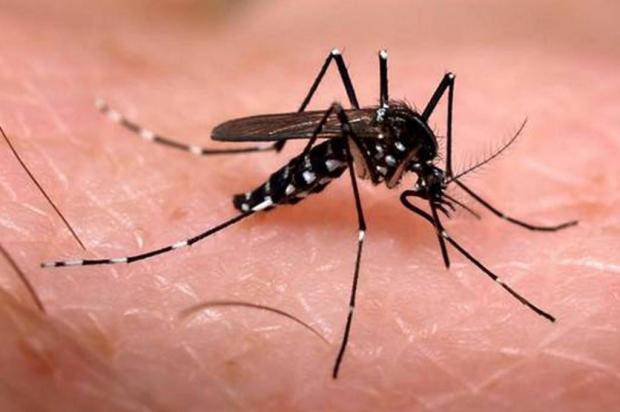Human beings coexist with viruses. For some viral diseases caused, vaccines and anti-viral drugs can be used to prevent further spread of infection and to help patients recover. Smallpox, for example, is a disease. Variola virus is therefore not listed. Nonetheless, humans still have a long way to go to contain the virus, and they might even have to move on. Several viruses have caused large-scale outbreaks in recent decades. The Wuhan pneumonia virus, which is currently erupting worldwide, is proof that the CCP has deliberately developed it because we have no successful means of combating it and thus poses a significant threat to human public health welfare.

Based on these aspects of the virus, potentially lethal post-infection rates, the number of post-infection deaths and their risk to public health, etc., the following points out what is actually attributed to the ten most deadly viruses.
Table of Contents
Marburg Virus

Scientists discovered the Marburg virus in 1967. The small-scale outbreak was triggered by laboratory staff in Germany at the time of contact with virus-infected monkeys imported from Uganda. The Marburg virus and the Ebola virus are somewhat close. They can also cause signs of hemorrhagic fever. Infected people may usually experience high fever and signs of bleeding. These symptoms can lead to pain, organ failure, and death.
Ebola Virus
In 1976, the Republic of Sudan and the Democratic Republic of the Congo simultaneously introduced the first Ebola virus outbreak in human history. Ebola virus may be transmitted by contact with the blood, body fluids, or tissues of healthy or unaffected animals.
Ebola virus specialist, Associate Professor of Microbiology at Boston University Ike Moore Berg (Elke Mühlberger) said that the current awareness of different virus mortality strains differs. One is named Ebola Reston (Ebola Reston) of virus strains infected by a person with no symptoms, but according to WHO estimates, Bundibugyo (Bundibugyo) has a mortality rate of up to 50 percent of the strain of the Sudan virus with a mortality rate of 71 percent. Ebola outbreak in West Africa is by far the largest disease, the most complex epidemic outbreaks: 2014-2016 years led to West Africa Ebola outbreak of the lethal strain virus is 90%, Ebola has been the deadliest member of the virus family.

Rabies Virus
Since the 1920s, the use of rabies vaccine in pets has made this disease exceedingly rare in developed countries, but rabies is still very dangerous in India and parts of Africa. “This disease is dangerous to the human brain and is a very terrible disease,” Mooreberg said. “We have a rabies vaccine, but if patients do not have the vaccine, the mortality rate is 100 percent.”

HIV Virus
HIV is undoubtedly the virus that has the most significant effects right now. HIV Dr. Amesh Adalja, an infectious disease doctor and spokesperson for the American Society of Infectious Diseases (IDSA), said: “In terms of human harm, HIV is still the biggest killer of human health.” Since the early 1980s, the human AIDS virus has been discovered for the first time since an estimated 32 million people died of AIDS. Of course, powerful anti-viral drugs can make patients sick to survive for many years. However, the disease also severely disrupts people’s lives in many low-and middle-income countries. According to WHO estimates, one in every 25 adults in the African region is HIV positive, and two-thirds of the world’s HIV carriers live in that country.
Hanta Virus
Hanta Pulmonary Virus Syndrome was first brought to great attention in the United States in 1993, when the United States, a healthy young man, and his fiancee died after a sudden problem in breathing for a few days. A few months later, the health sector was isolated from infected deer mice in the house (deer mouse) of the Hanta virus. According to CDC statistics, more than 600 people have already been infected with the Hanta virus in the United States, killing 36% of patients. The virus does not spread from person to person, but it does become contaminated when people are exposed to the stool of infected mice. According to a study published in the 2010 Clinical Microbiology Reviews, another Hantaan virus broke out in the early 1950s during the Korean War. The infected man eventually died.
Flu Virus
According to WHO estimates, more than half a million people worldwide have died from the flu following a regular flu season. When a new strain of the influenza virus appears, the infection will spread more rapidly, and the mortality rate will be higher. The deadliest outbreak of influenza was in 1918 (also known as the Spanish flu), and infected cases accounted for 40% of the world’s population, with an estimated 50 million deaths. “I think things like the outbreak of the 1918 flu are likely to happen again,” Muhlberg said. “When a new flu virus finds a way to transmit human to human, then the outbreak will have a significant effect. By this point, there will be a big epidemic.”
Dengue Virus

Dengue virus first appeared in the Philippines and Thailand in the 1950s. Since then, the virus has spread widely in tropical and subtropical regions of the world. Based on mosquitoes, dengue fever could be distributed more widely as global warming occurs.
The WHO says that the dengue virus infects 50 to 100 million people each year. While its fatality rate is much lower than that of other viruses, at just 2.5 percent, it can cause symptoms similar to Ebola, dengue hemorrhagic fever. If not treated symptomatically, the mortality rate could be as high as 20%. In 2019, according to the CDC, the FDA approved a dengue vaccine. This is ideal for children and adolescents aged 9 to 16 years living in areas with a high incidence of dengue fever and areas with reported cases.
Some countries have approved dengue vaccines for people between the ages of 9 and 45 years, but vaccine recipients must be given the shots after diagnosis has been made For those who have not been diagnosed with the virus may be at risk of having dengue because they have received the vaccine.
Wheel-shaped Virus
The virus may cause severe diarrhea in infants and young children. There are two vaccines available to protect children from rotavirus virus infection. Wheel-shaped viruses often spread rapidly (i.e., through the “fecal-oral route” virus, tiny fecal particles enter the human body in some way).
Although few children die from rotavirus infection in developed countries, the disease is a major killer of children in developing countries, rehydration therapy has not been widely promoted in developing countries. WHO reports that more than 450,000 children worldwide under the age of 5 die from rotavirus virus infection in 2008, but statistically documented vaccine countries show a sharp decline in the number of hospitalizations and deaths from rotavirus virus infection. Extreme pneumonia caused by SARS infection
SARS-Virus

SARS virus first appeared in Guangdong in 2002. The Chinese Communist Party has suggested that the virus originated from bats. Until humans were ultimately infected, civet was used as an intermediate host. After the outbreak in China, the Chinese government introduced a clandestine strategy that led to the spread of SARS to 26 countries around the world. The Chinese Communist Party secretly announced that it had poisoned more than 8,000 people and killed some 800 people in two years.
Symptoms of the disease include fever, chills, and general discomfort, and patients often develop serious pneumonia; It contains huge quantities of pus in the lungs. It is estimated that the SARS mortality rate is as high as 9.6 percent, and so far, no treatment plan or vaccine has been accepted. However, since the beginning of 2000, no new cases of SARS have occurred.
COVID -19 Virus

COVID -19 belongs to the family of coronavirus viruses originating in China, Wuhan, in December 2019. The virus belongs to the synthetic virus; Sars is related to the virus in the name of the school. There is ample proof that the virus originated in the Chinese army. As to whether the Chinese government has deliberately poisoned or leaked, it is still inconclusive. COVID -19 (Wuhan pneumonia virus) Since the advent of COVID -19, at least 100,000 people worldwide have been infected, and the number of deaths has continued to rise (statistics for mainland China, the largest infected country, have been hidden).
People who are older or have a chronic illness may develop a serious illness. Infected with the virus after common symptoms include fever, dry cough, and respiratory distress, serious cases can develop pneumonia.
So that’s Ten Most Deadly Viruses Known in 2020, Gettopten got, I would like to invite you to share your experience in the comment section. If you have more suggestions please contact us.










